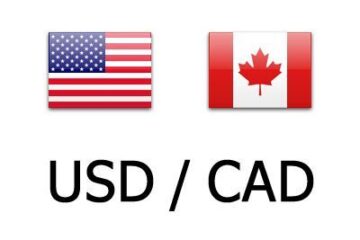U.S. travelers can cut expenses by taking advantage of a shift in economic patterns.
Welcome to the “Didn’t See That One Coming” economy, where the news on consumer spending changes at a fast and furious pace. From parents going wanting for school supplies to families adjusting to now routine Federal Reserve rate hikes, few consumers know what to expect when they whip out their wallets these days.
Another case in point – and one which could work out for U.S. travelers up for an adventure – is a Forbes Advisor Report that states “the secret to saving money on vacation might be traveling outside the U.S.”
The report, which tracked travel trends among 2,000 U.S. citizens, found that this summer, the average international trip costs $5,295, which is $718 cheaper than the average trip within the United States, at $6,013.
That could be good news for U.S. travel consumers for the second half of the year.
The Forbes survey found that Americans planning to take a summer vacation this year either have or will curb their travel budgets by $1,636, on average. Furthermore, “going to a less expensive destination is the most popular tactic for trimming costs,” followed by taking fewer trips (37%) and traveling shorter distances (35%), the report noted.
Deals Down, Wheels Up
Why would a trip to Europe or Asia be less expensive than a trip to Yosemite or Miami Beach? After all, doesn’t geography matter in travel pricing?
“Prices in a given destination are based on a whole range of factors such as average income, what’s produced domestically, real estate prices, tax rates, and exchange rates,” said Tim Leffel, author of The World’s Cheapest Destinations, now in its 5th edition, and the founder of the Cheapest Destinations Blog, which launched in 2003.
Additionally, supply and demand contribute significantly to travel costs home and abroad.
“Since the U.S. is one of the richest countries in the world and has some of the highest prices for travel, a foreign destination can be much cheaper than even the cheapest spots in the states,” Leffel said. “This is especially true in a country where average wages are half or less what they are in the states. Labor costs impact a huge range of services that tourists experience, but that’s especially so with hotels, restaurants, attractions, and transportation expenses.”
Pandemic End Means Europe’s Open for Business – and Aggressively So
Since few U.S. travelers could visit Europe for the past year and a half, there’s a lot of pent-up demand for Barcelona, Paris, and Rome, among other Euroland destination points this summer.
“Combine that with European prices being 20% cheaper than they were in 2021 and people who were on the fence are now booking a trip,” Leffel told TheStreet. “Prices are too good to pass up. I was just in Spain in June and was pleasantly surprised at how reasonable everything felt compared to the USA, especially restaurants, bars, and hotels.”
It may be easier to hit European hot spots sooner rather than later, once you factor in airline prices.
“Europe airfare value shoots way up in the fall, after the expensive summer airfares drop off. Hotels, vacation rentals, and even dining costs become more manageable in Europe once the high season is over,” said Jeff Klee, chief executive officer of CheapAir.com. “When travelers add in how strong the dollar is against the Euro, this fall should be an optimal time to see some unexpected additional savings in Europe.
As for Asia, a U.S. traveler’s budget-friendly expense options are wide-open.
“Travel on the ground to hotels, dining, and attractions in many parts of Southeast Asia, India, and China are much less expensive than the U.S.,” Klee told TheStreet. “Overall, a real case can be made for a “budget trip” to Europe or parts of Asia being less expensive than going to a U.S. city like Miami.”


